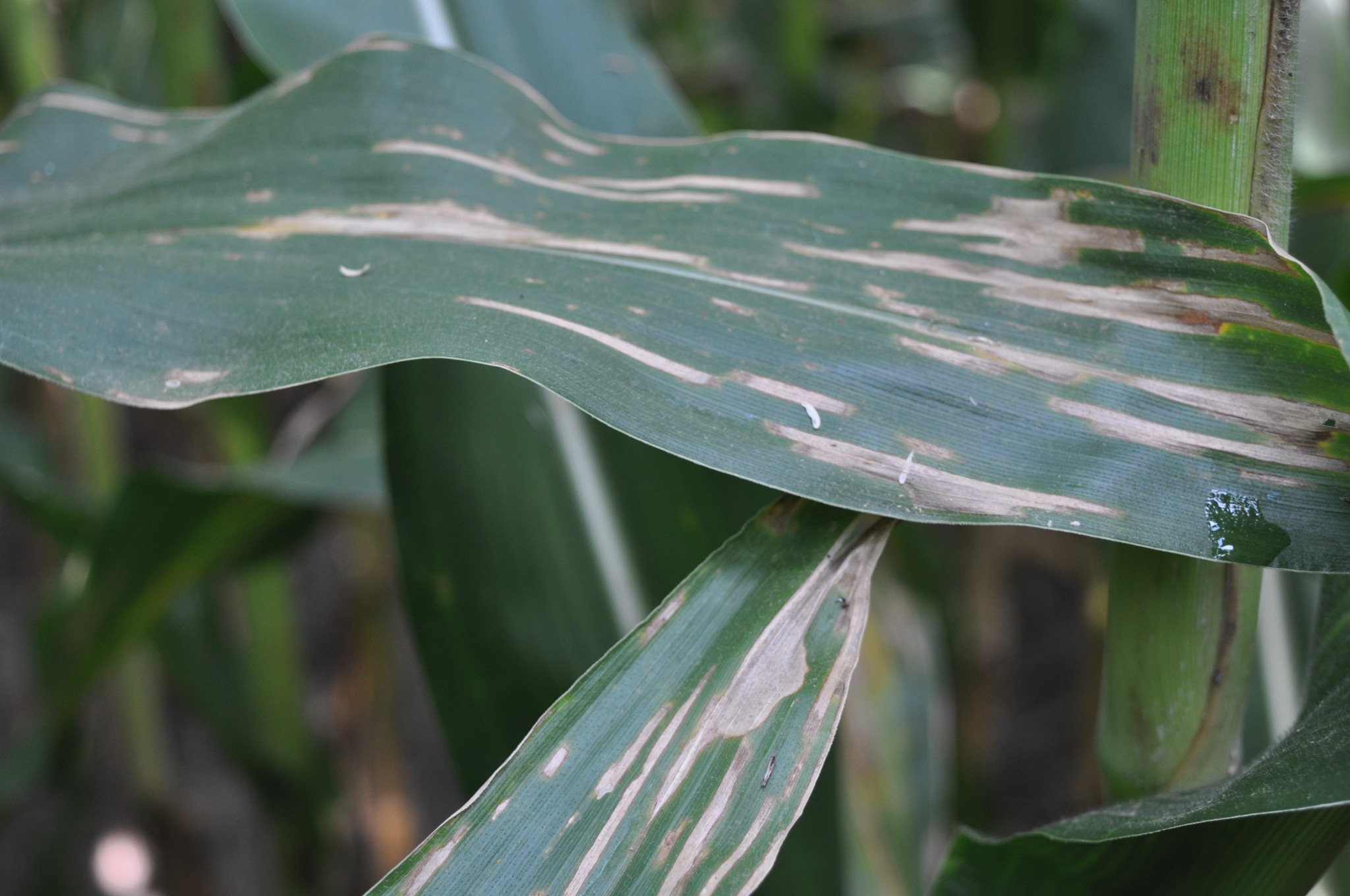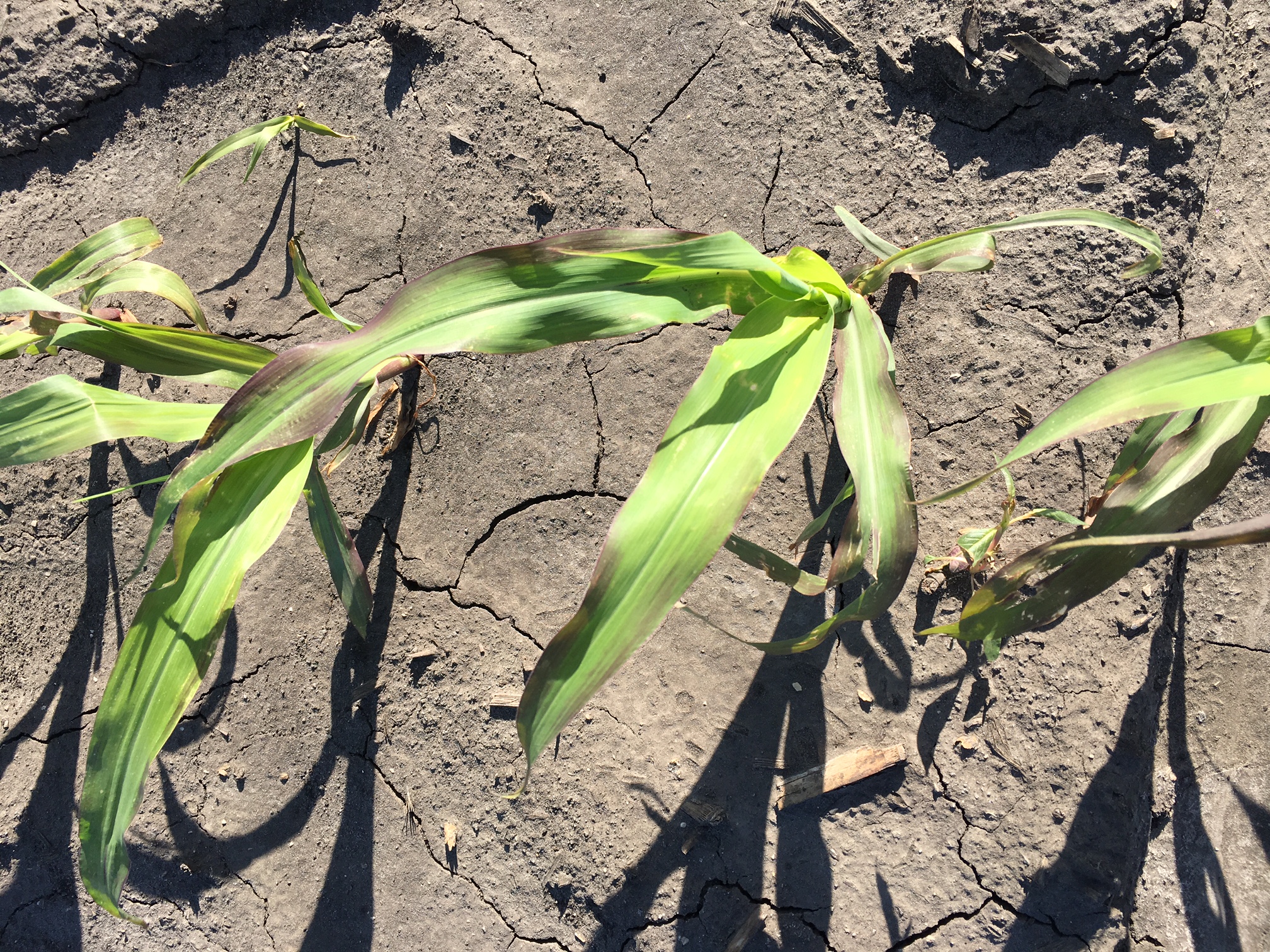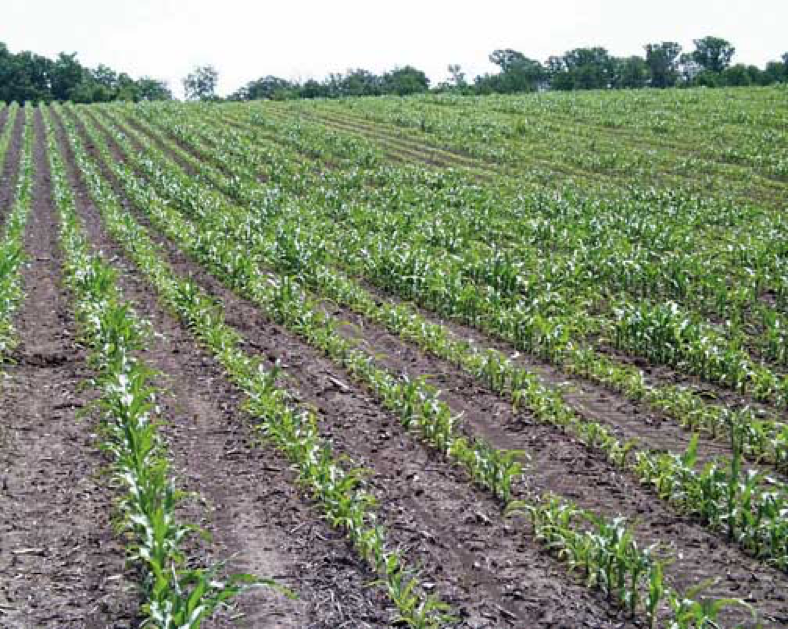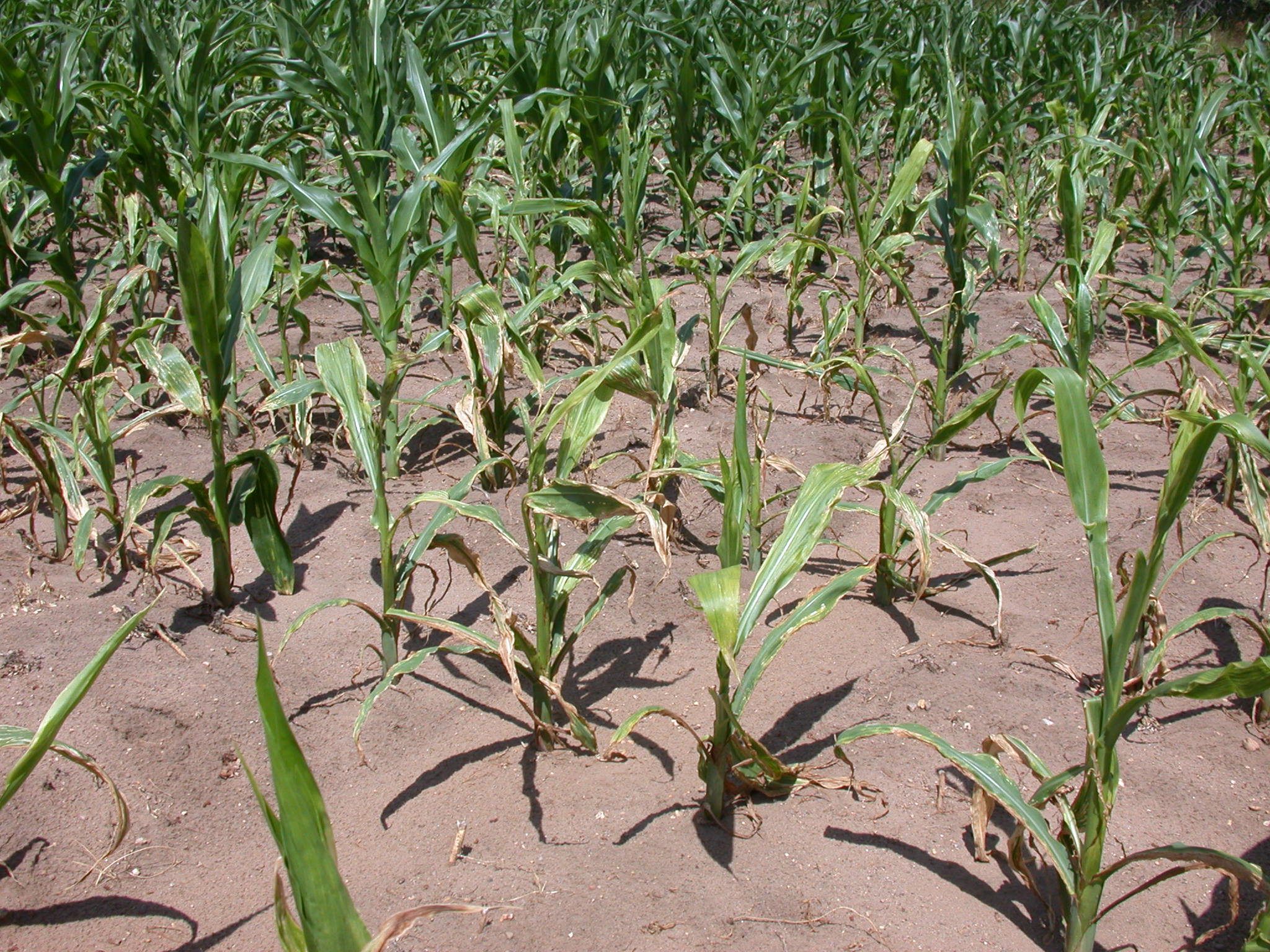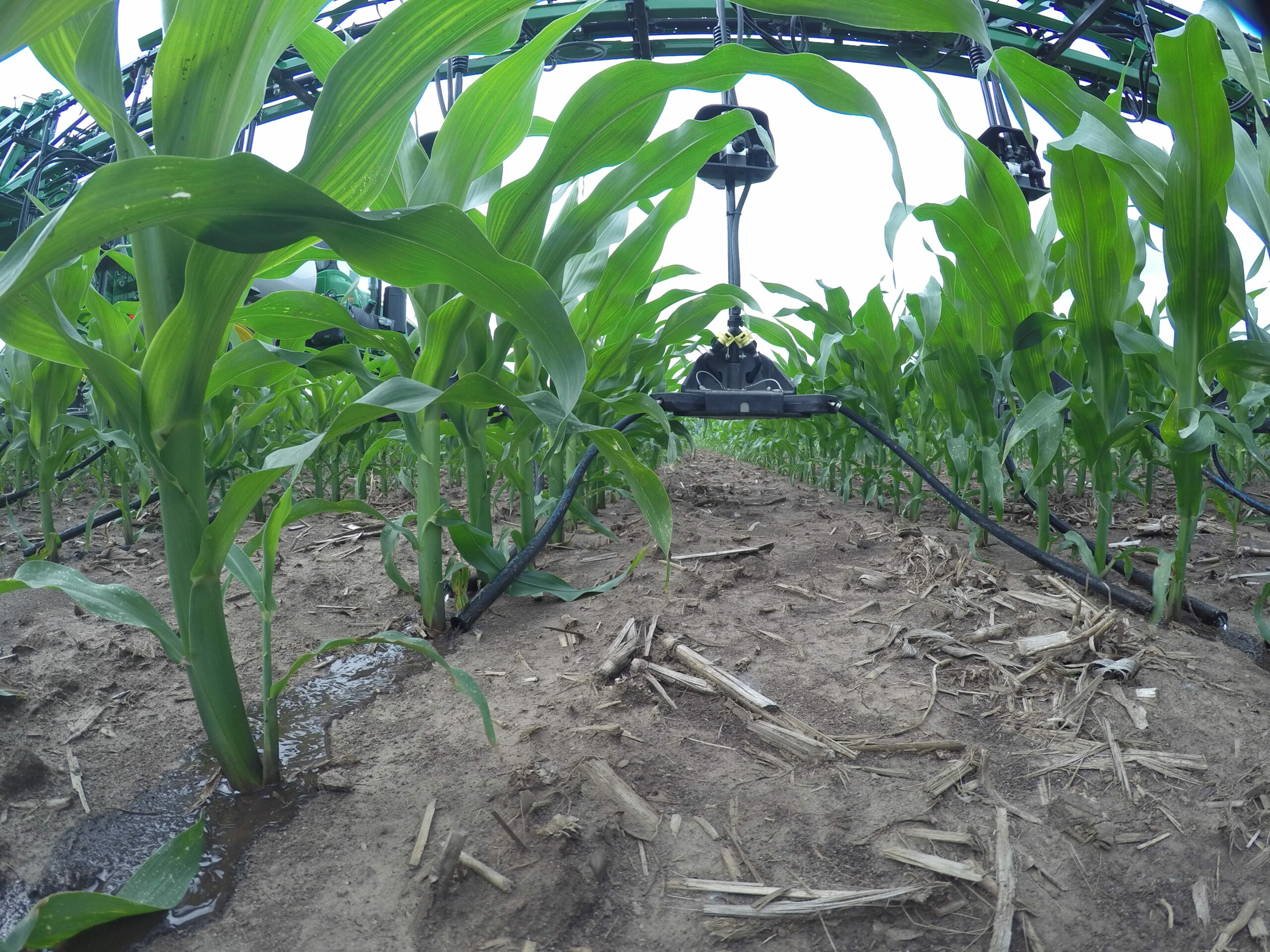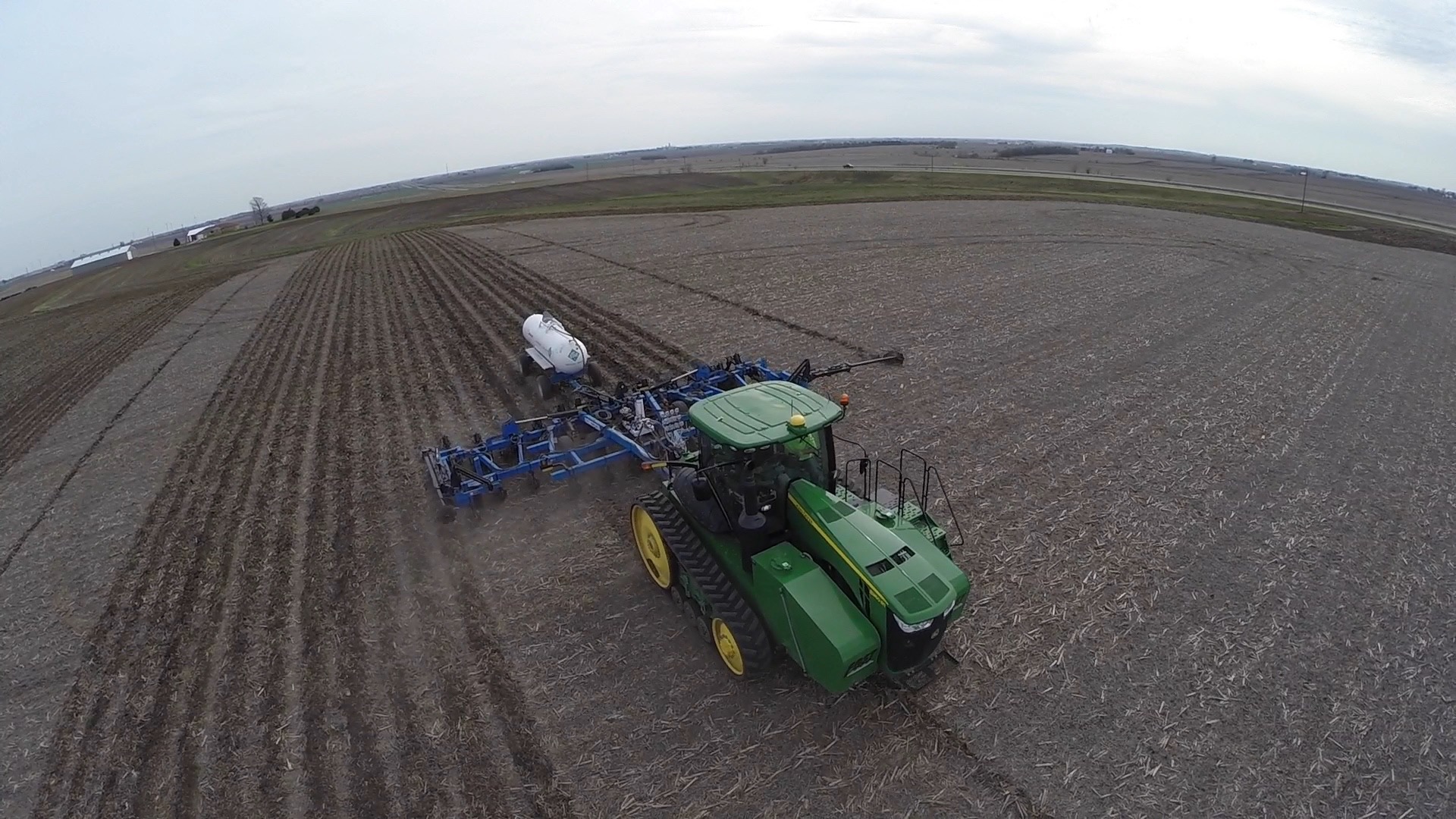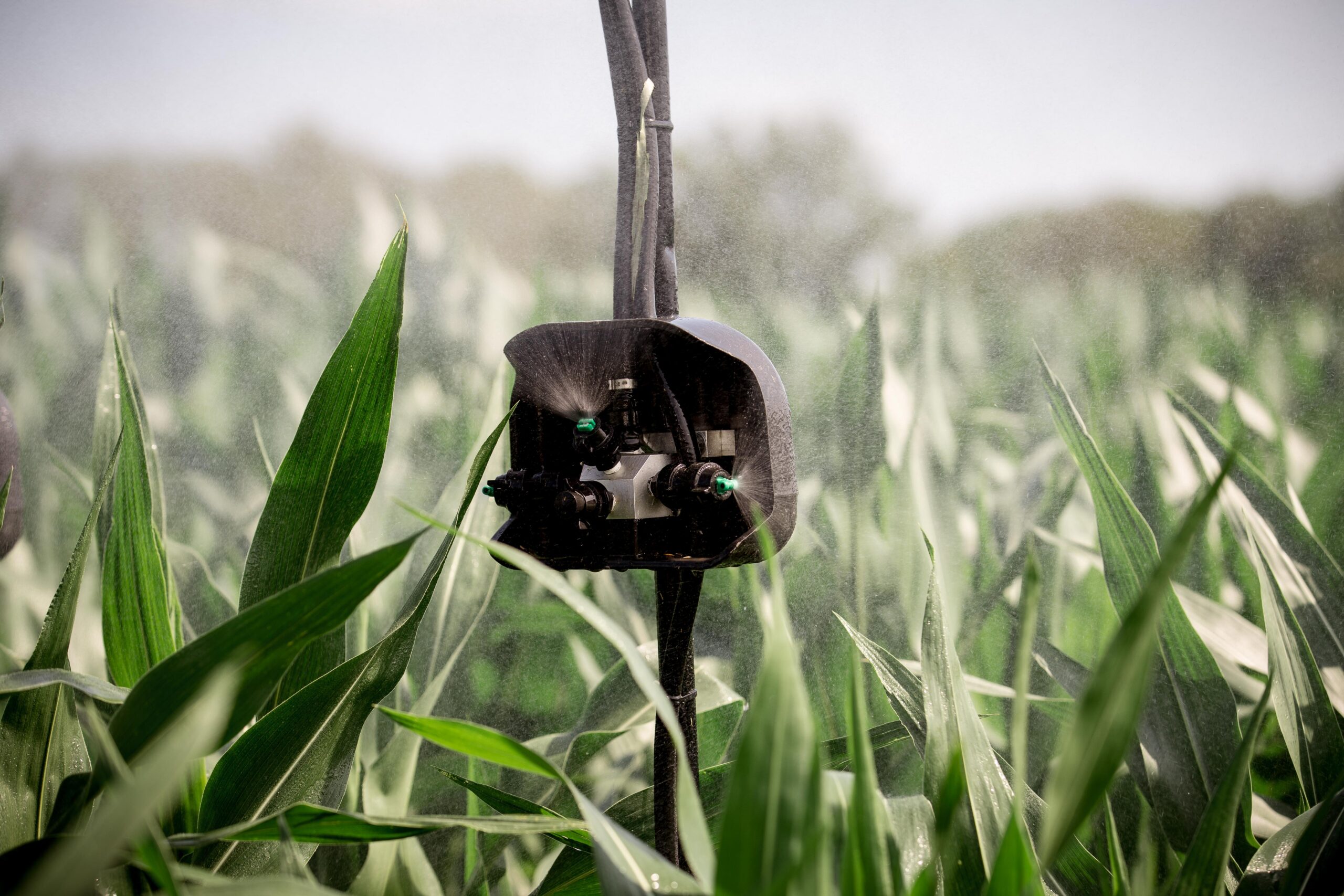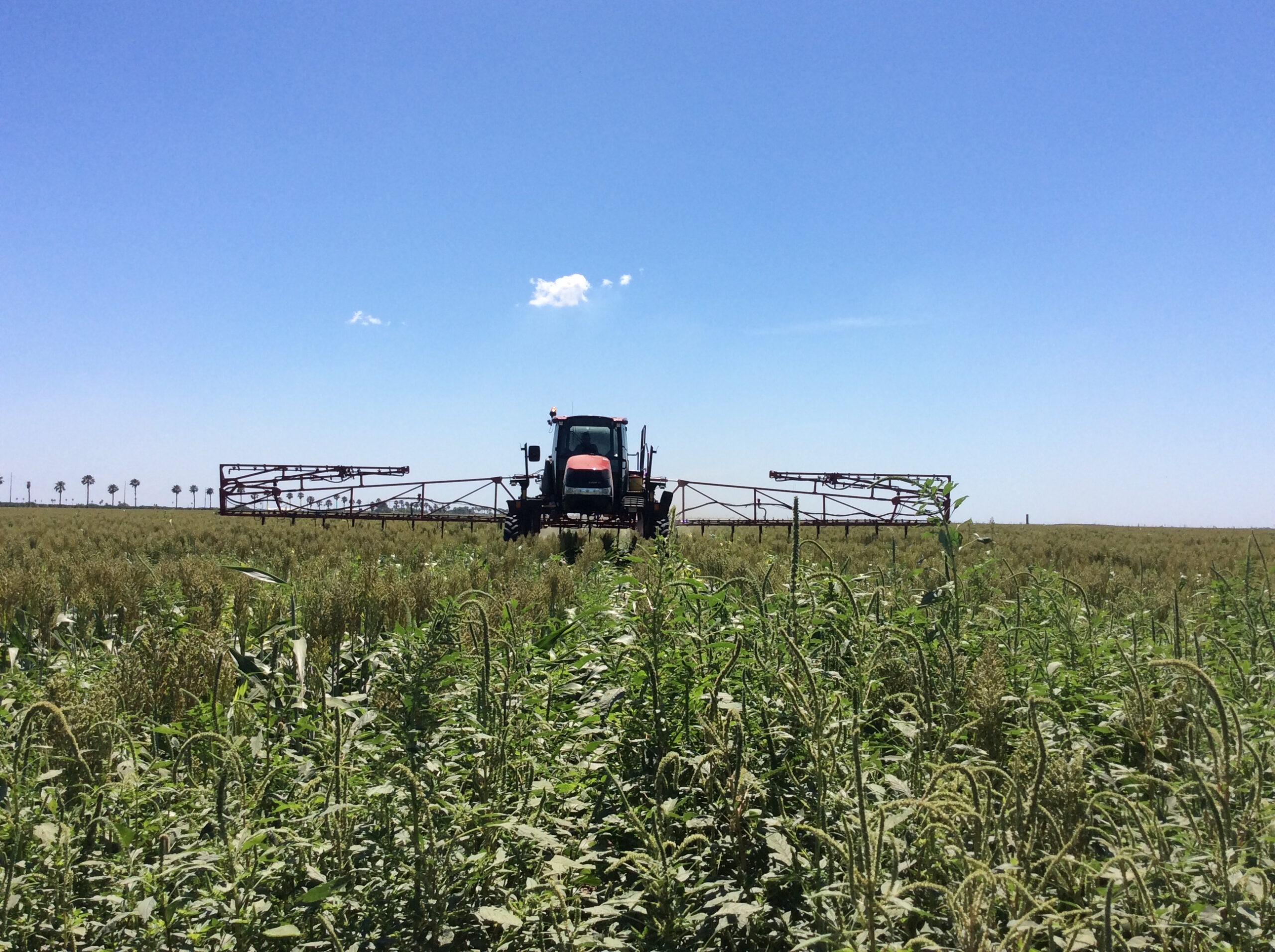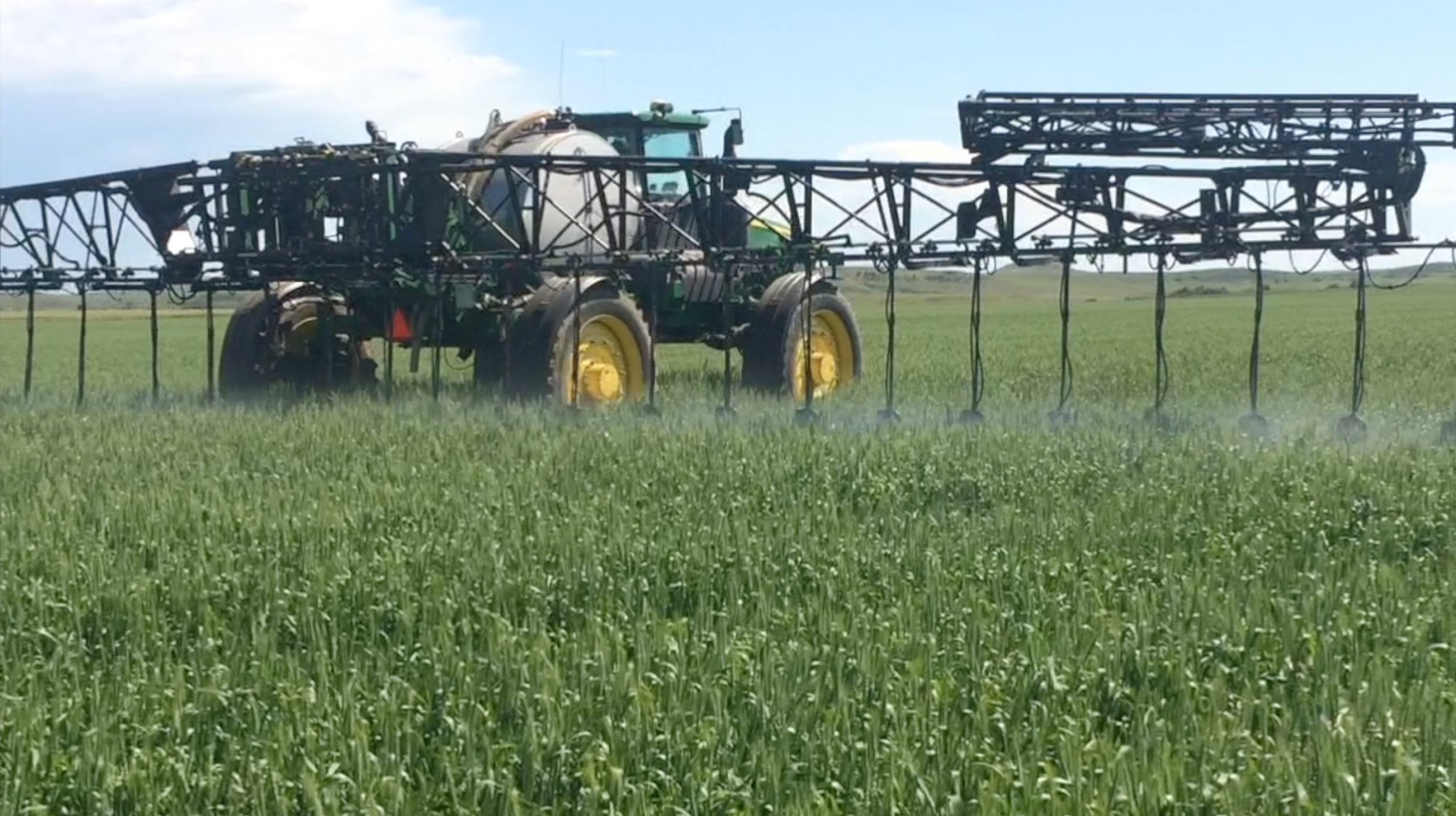As summer weather patterns settle in, many areas of the country are experiencing opposite ends of the weather spectrum. In areas with high rainfall and humidity, disease pressure has begun to show up in some fields, especially corn-after-corn fields. In areas with ample rain, two diseases that could be making their first appearance are Gray…
Category: Blog
Nitrogen Placement in Dry Conditions
With the summertime switch from an el Niño to a la Niña weather cycle predicted by many crop models will come areas that receive ample moisture while other areas may find themselves wanting for water. As growers anticipate potential changes in moisture patterns it is beneficial to anticipate how those changes can affect the crop…
Last Season's Flooded Spots Lead to This Season's Ugly Corn
Did you have fields with wet holes and bare spots in 2015? If so, those spots are probably showing up again this year – in the form of corn with stunted, purple or striping in the leaves. Fallow Syndrome is the label given to these symptoms – standing water prevents crop growth and destroys the…
Roller Coaster Corn: Not a Fun Ride
As many cornfields transition away from the seedling stage they might start to show uneven growth patterns and become very erratic in appearance. This phenomenon has been referred to as the ‘ugly’ or ‘roller coaster’ stage of corn growth. What causes many fields to exhibit this variable growth or color pattern during this time? The…
PH and Weed Control
With planting wrapping up in most areas, the focus shifts to protecting yield. While scouting to evaluate weed control, it is common to find areas where the weeds persist or see areas with crop injury. Consider pH when evaluating herbicide effectiveness. PH changes occur in cropping systems for a number of reasons, including the conversion…
Less is More: Growing More Corn with Less N
The saying, “you can’t save your way to prosperity,” may be true in many instances, but is it possible to save money by spending less on nitrogen while increasing revenue through higher yields? The idea of reducing nitrogen inputs while increasing yield is a delicate balance and certainly not a practice that will work in…
Delayed Planting and Pre-Plant Anhydrous
In areas across the country that are experiencing delayed planting due to weather conditions, growers whose normal practice includes applying anhydrous pre-plant likely won’t want to wait too long to get into the field. The question then becomes how soon can corn be planted after applying anhydrous pre-plant without causing injury? When anhydrous is applied,…
Nozzle Considerations for Effective Application
If you’ve been through certified application training, you know the basics of selecting nozzles to get the most benefit out of the product and keeping it on target. This training, plus a collection of nozzle selection guide apps can help you factor in the requirements for boom height, ground speed, wind speed, volume, nozzle spacing,…
Management and Surveillance of Sugarcane Aphids
Due to the mild winter in the south it is possible that sugarcane aphids may become a damaging pest of grain sorghum again this year. First discovered as a pest in grain in 2013, they have quickly expanded their territory and severity. Two main reasons for the increase in damage are the population dynamics of…
Wheat Disease Alert: Fusarium Head Scab
Conditions continue to be favorable for development of wheat diseases. Powdery mildew in the north, septoria tritici, and fusarium head scab among others are potential issues. Fusarium head scab is a disease that infects the head during flowering, so good coverage of the head is imperative to help manage this disease. Below are images…
